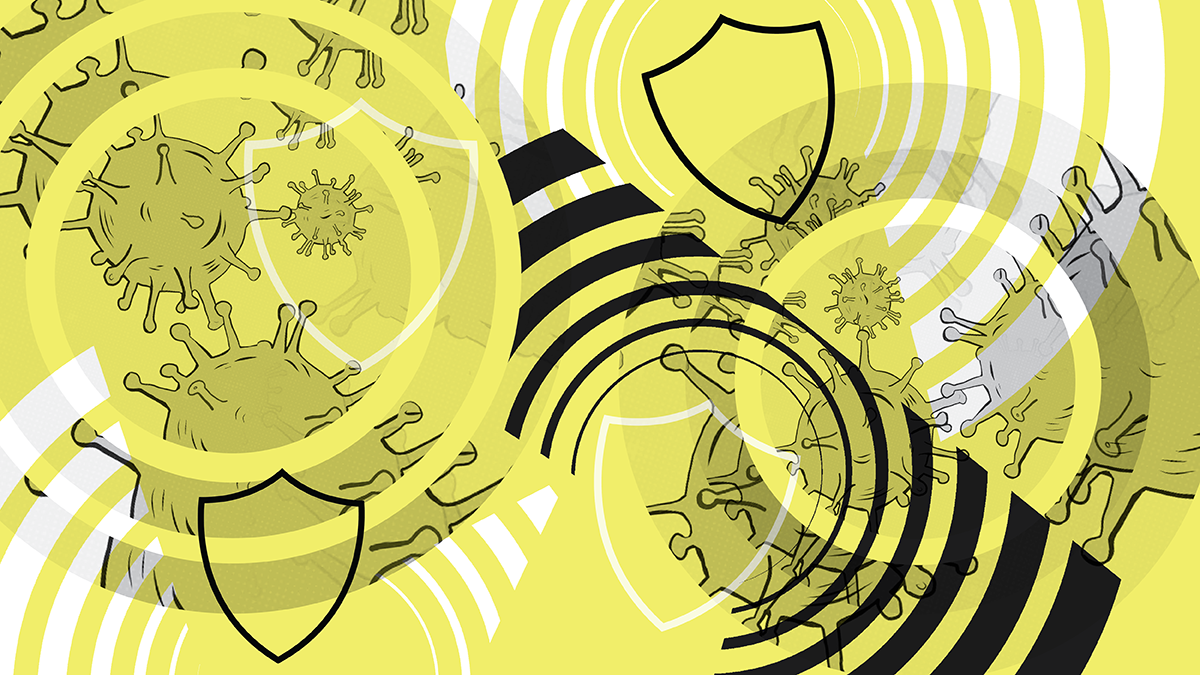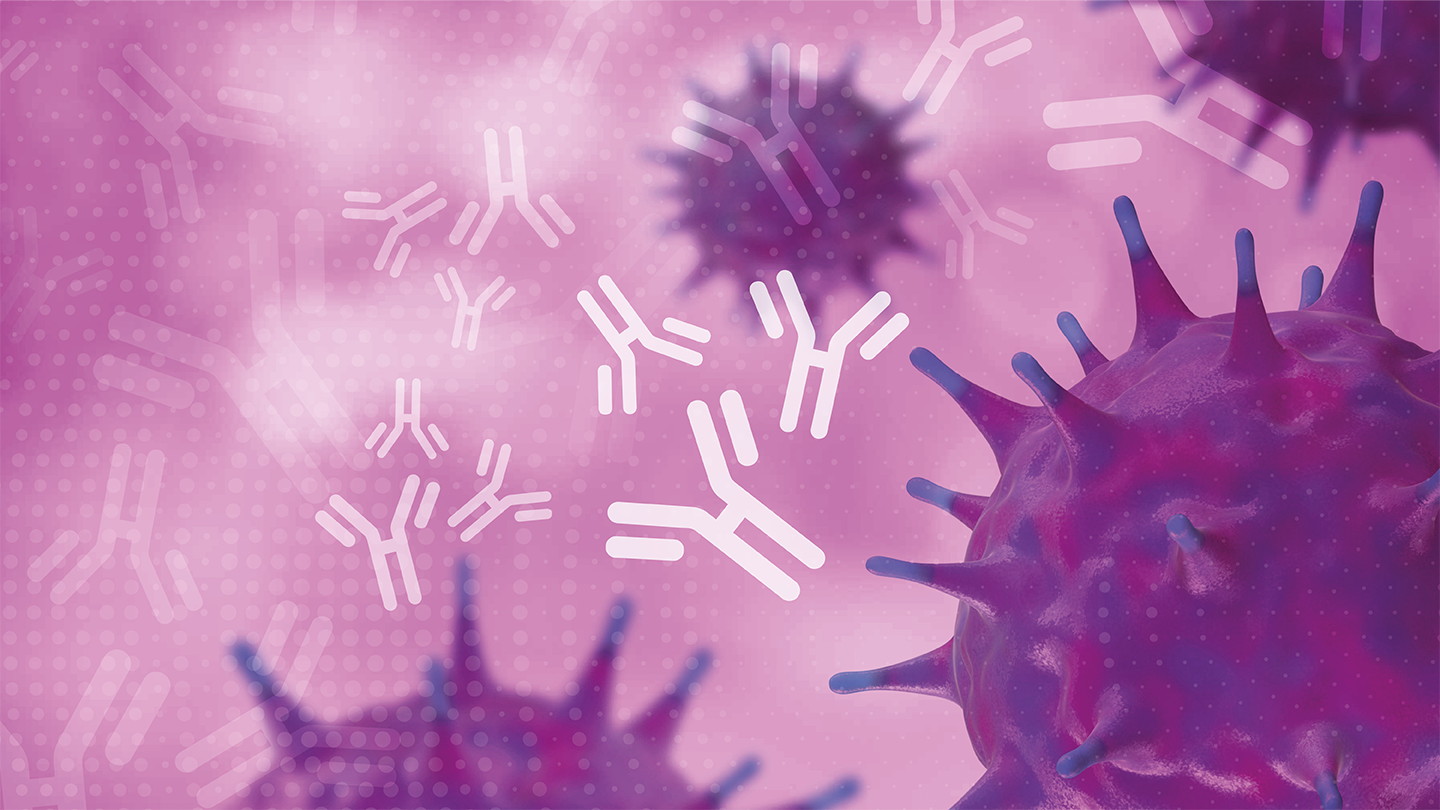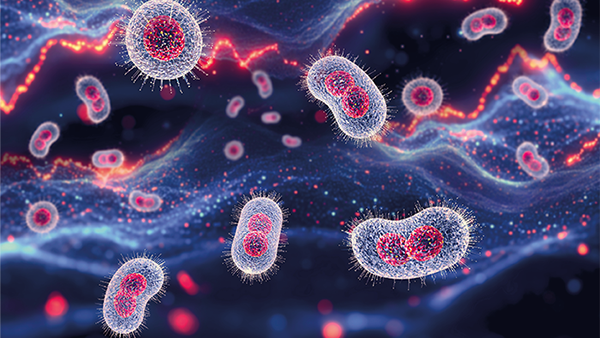The Ancestral Variant
Researchers identify a genetic variant near the CHD1L gene that is associated with lower HIV-1 viral load in people of African ancestries
Despite progress in treating HIV-1 and reducing annual cases over the past 40 years, the number of new infections has not decreased as much as expected in some regions since 2005. In people who do not receive antiretroviral therapy, set-point viral load (spVL) is an important factor in HIV-1 infection that has been implicated in disease progression and transmission potential. It varies widely between people, with genetics playing an important role – especially in people of European descent. However, this genetic influence is less understood in people of African descent, who are disproportionately affected by HIV-1.
To better understand the genetic factors influencing spVL in individuals of African descent, researchers studied 3,879 people of African ancestries living with HIV-1 (1). They found a variant on chromosome 1 containing CHD1L – a gene involved in DNA repair – that was associated with lower viral load. Infection assays in induced pluripotent stem cell-derived macrophages and various immortalized cell lines demonstrated increased HIV-1 replication in cells where CHD1L expression was either reduced or completely switched off.
“African populations are still drastically underrepresented in human DNA studies, despite experiencing the highest burden of HIV infection,” said Paul McLaren from the Public Health Agency of Canada’s National Microbiology Laboratory and joint first author on the paper (2). “By studying a large sample of people of African ancestry, we’ve been able to identify a new genetic variant that only exists in this population and which is linked to lower HIV viral loads.”
When CHD1L was turned off in macrophages, the researchers observed an increase in HIV-1 replication, suggesting the gene helps to restrict the virus in these cells. However, this observation was not found in T cells, where the absence of CHD1L did not significantly impact HIV-1 infection or replication – suggesting that CHD1L may reduce HIV-1 infection and replication in a cell-type-specific manner.
Harriet Groom, a researcher on the project, said (2): “[CHD1L] seems to be important to controlling viral load in people of African ancestry. Although we don’t yet know how it’s doing this, every time we discover something new about HIV control, we learn something new about the virus and something new about the cell. The link between HIV replication in macrophages and viral load is particularly interesting and unexpected.”
References
PJ McLaren et al., “Africa-specific human genetic variation near CHD1L associates with HIV-1 load,” Nature, 620, 1025 (2023). PMID: 37532928.
Imperial College London, “Genetic variant linked to lower levels of HIV virus in people of African descent” (2023). Available at: bit.ly/3PAKB9D.





